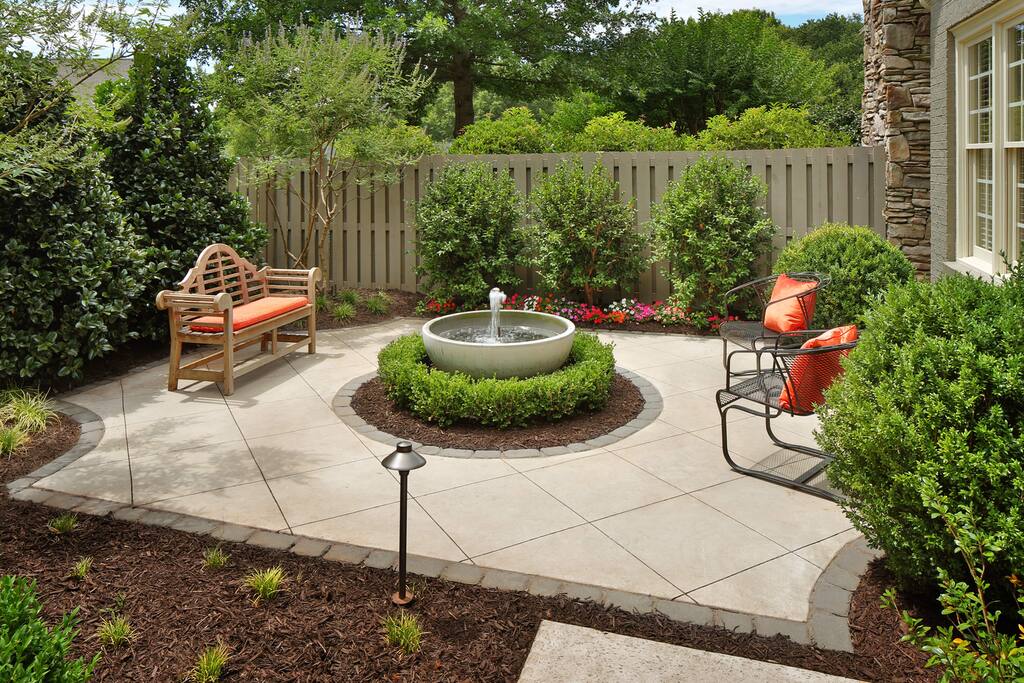How to Achieve a Harmonious Landscape Design for Kenya Properties

Introduction
A well-designed landscape enhances the beauty, functionality, and value of any property. In Kenya, where climate and terrain vary, achieving harmony in landscaping requires thoughtful planning. A balanced outdoor space creates a relaxing atmosphere while complementing the surrounding environment.
Key Elements of Harmonious Landscape Design
1. Understand Your Space
Before designing, assess your property’s size, shape, and natural features. Consider existing trees, slopes, and soil types to create a design that blends seamlessly with nature.
2. Choose the Right Plants
Native plants like acacias, crotons, and bougainvillea thrive in Kenya’s climate with minimal maintenance. Mix flowers, shrubs, and trees to create a layered, visually appealing garden.
3. Maintain Balance and Proportion
A balanced landscape avoids overcrowding while ensuring all elements complement each other. Use symmetry and repetition to create a sense of order and unity.
4. Incorporate Functional Spaces
Designate areas for relaxation, dining, or entertainment. Pergolas, patios, and garden benches enhance usability without disrupting natural beauty.
5. Use Natural Materials
Opt for locally sourced stone, wood, or gravel for pathways and walls. These materials blend well with the environment and provide durability.
Essential Landscaping Techniques for Harmony
1. Layered Planting
Arrange plants in tiers—taller trees in the background, medium-sized shrubs in the middle, and ground covers at the front. This technique adds depth and structure.
2. Color Coordination
Choose a consistent color palette to create visual harmony. Earthy tones, greens, and vibrant flowers create a natural and inviting space.
3. Water Features for Tranquility
A small pond, fountain, or waterfall adds a soothing element to the landscape. Running water also attracts birds and improves air quality.
4. Sustainable Drainage Solutions
Incorporate rain gardens, permeable paving, or swales to manage rainwater effectively. These prevent erosion while keeping the landscape lush.
5. Outdoor Lighting for Ambience
Solar lights, lanterns, and LED path lights enhance safety and highlight key features of the landscape at night.
Maintenance Tips for a Lasting Design
- Regular Pruning: Keeps plants healthy and promotes balanced growth.
- Weed Control: Prevents invasive species from overtaking your garden.
- Mulching: Retains soil moisture and reduces maintenance needs.
- Lawn Care: Mow and water appropriately to maintain a lush, green look.
Conclusion
Achieving a harmonious landscape design for Kenyan properties requires a blend of aesthetics, functionality, and sustainability. By choosing the right plants, balancing elements, and using eco-friendly techniques, you can create an outdoor space that is both beautiful and practical. With proper maintenance, your landscape will remain vibrant and inviting for years to come.